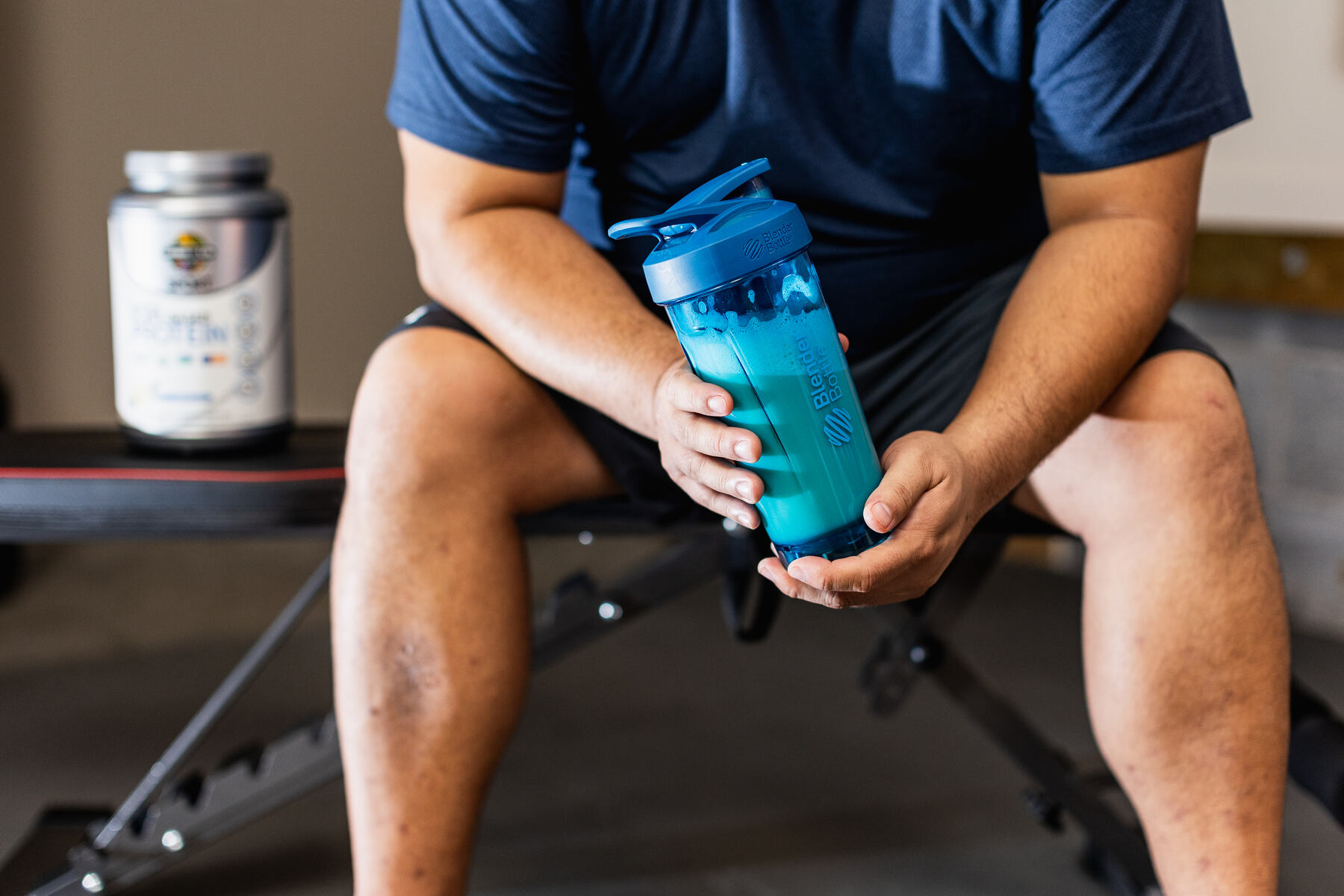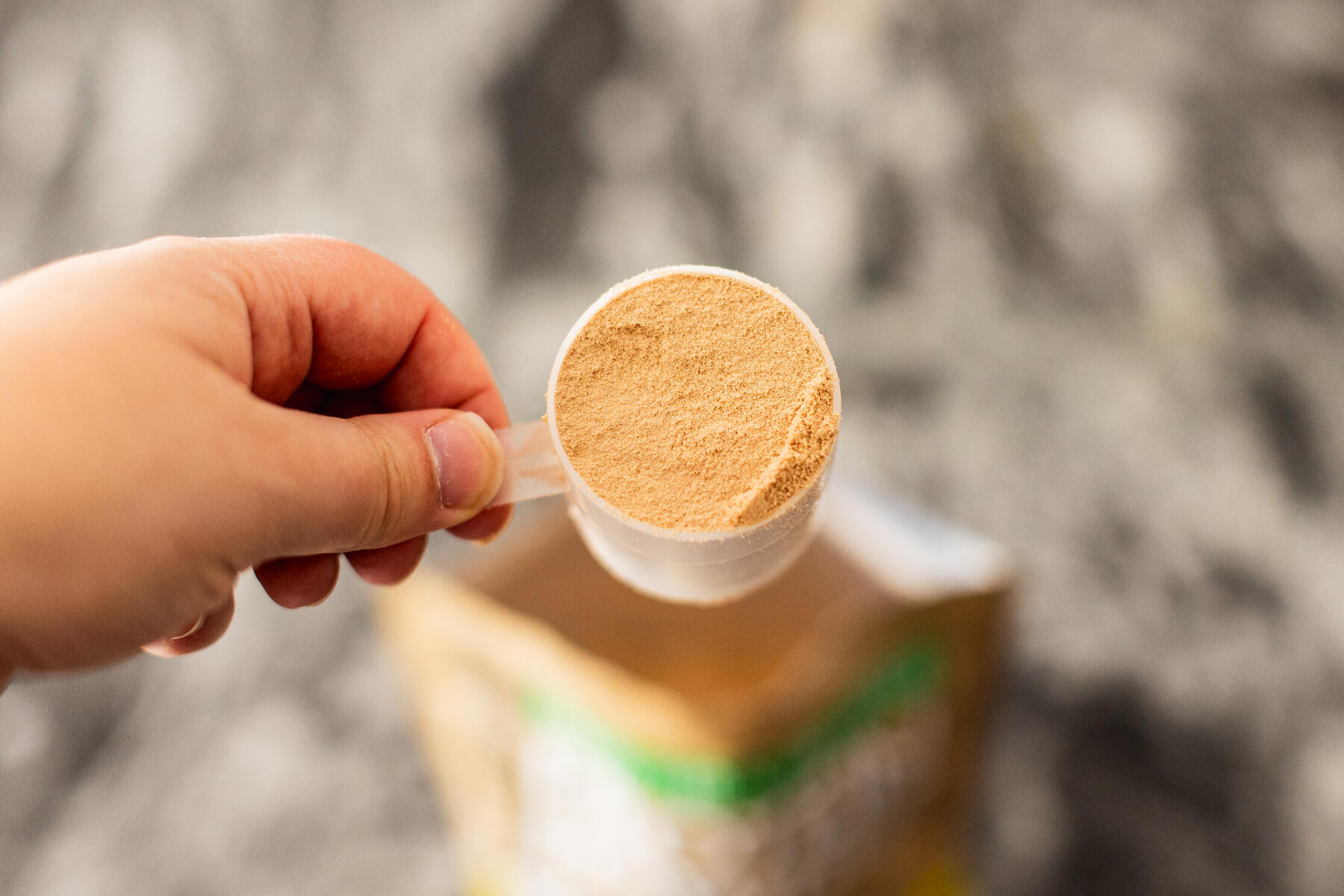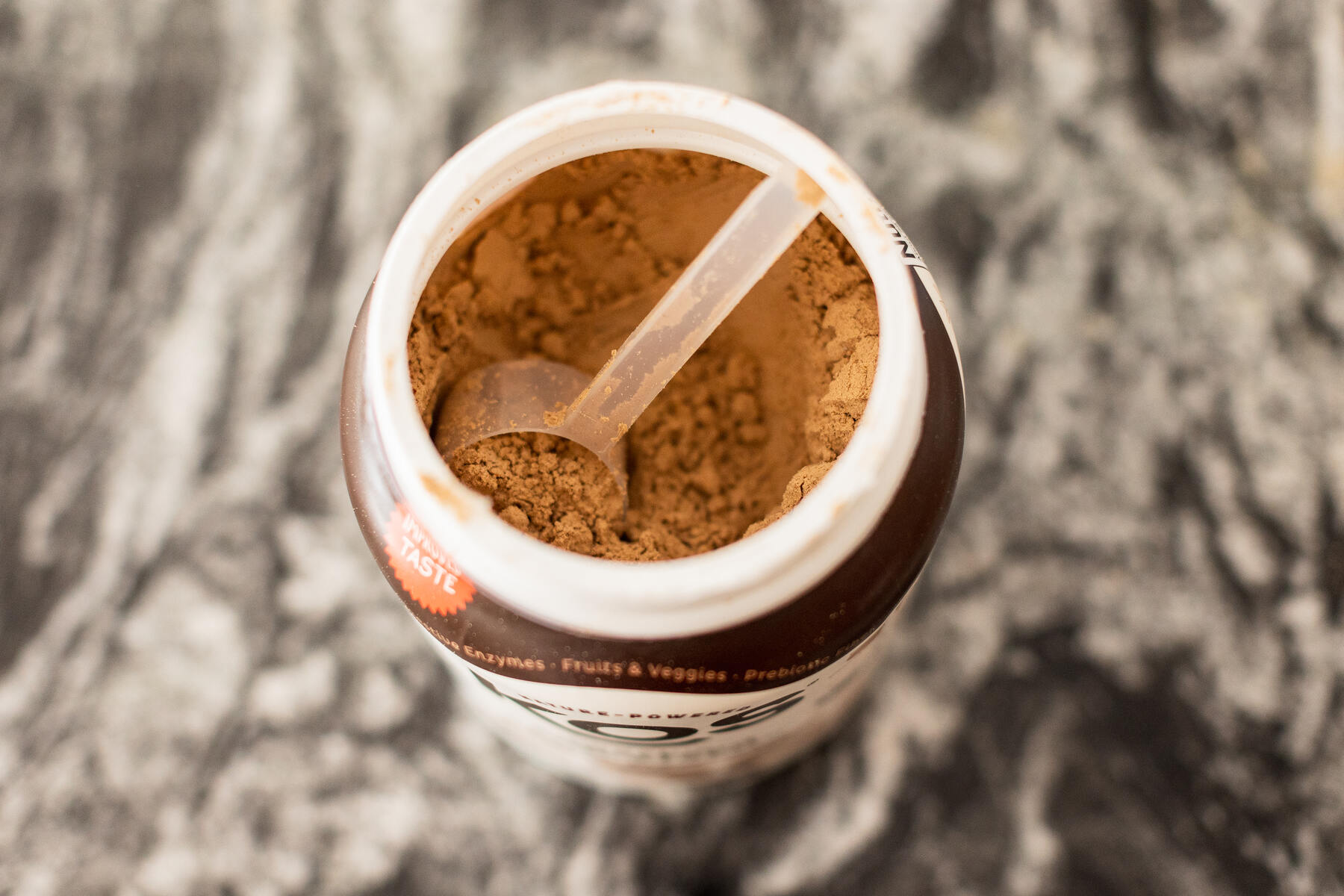You know that feeling. Your muscles ache from yesterday.
You’re feeling weak and worn out as you start your next workout. All your workout friends remind you to keep up with your daily protein intake, but have you wondered what’s going on inside your muscles?
How does the protein you eat help you stay in shape, especially after you get hit with delayed-onset muscle soreness, also known as DOMS?
The Molecular Basis of DOMS: How Protein Builds Muscle
Muscle fibers are made up of specific proteins, such as actin, titin, and myosin. Skeletal muscle fibers are controlled by nerves that send sensory information to and fro between the brain and muscles. For example, when you voluntarily flex your biceps to curl a dumbbell, actin chains are gripped by myosin motor units (the muscle fiber and the neuron that controls it) in that specific muscle, and this pulls the fibers closer together. Each motor unit has a long tail that’s braided, so your muscles work like a bungee run.
Eventually, the force of whatever weights you are lifting balances the contractile force that your myosin motor units can exert. At that point, the bungee run comes to a stalemate. And, like the moment everyone who has ever done a bungee run remembers so well, your myosin motors get yanked back to their elongated position as you consciously allow your muscles to relax and your nerves tell your muscles to give up their fight.
If you keep your muscles under strenuous tension for too long or for too many reps, your myosin motors and their associated actin chains can actually get yanked completely out of register. This process is called sarcomere popping, and it makes your muscles sore and unable to lift as much—the classic symptoms of DOMS.

Your body attempts to fix this problem by using an actin-cutting protein called gelsolin, which wraps around the actin chain that popped out of place. New actin proteins get synthesized by your muscle cells’ “protein factories,” which are called the ribosomes. Your ribosomes read the genetic recipe written in your messenger RNA.
Of course, you need to consume protein so your body’s “protein factories” have the requisite amino acids to synthesize new muscle proteins. However, it takes time for your ribosomes to translate (“read”) the instructions of messenger RNA into new muscle proteins, so muscle recovery and muscle building are not overnight processes. That’s why DOMS can take multiple days to fully resolve after a tough workout.
Once your muscle proteins are back to their native, robust state, the symptoms of DOMS dissipate and you feel ready to hit the squat rack again.
Le Chatelier’s Principle
How does ingesting extra protein help with the muscle-recovery process? Obviously, if you have a shortage of amino acids, your ribosomes will not be able to build new proteins. Thankfully, most of us never even get close to a level of critical amino acid deprivation.
But does this mean “more is better” in terms of protein intake?

To understand how creating a surplus of amino acids influences muscle building and recovery, we have to turn to a 135-year-old theory called Le Chatelier’s Principle. Le Chatelier was a chemist who noted that when equilibrium is “disturbed” by chemical changes in a system, the system will respond by shifting chemical concentrations back to equilibrium.
So, what the heck does that have to do with muscle growth?
Well, your body is a biological “system” full of chemicals. When we consume a high amount of protein through food and supplements, there is an increase in the concentration of amino acids in the blood. Your muscle cells sense this increase and work to “restore equilibrium” (i.e. homeostasis) by creating a corresponding amount of muscle proteins.
Not that Le Chatelier’s Principle explains everything, but it’s the chemical principle that your body exploits in order to build more muscle when protein/amino acids are plentiful in the diet.

Final Thoughts
Now, this doesn’t mean that you should drink protein shakes around the clock, or that consuming superfluous amounts of protein will lead to “extra” muscle growth. There is certainly a point of diminishing returns where your body simply can’t make use of surplus amino acids to create new protein—a phenomenon known as the “muscle-full effect.”
Nevertheless, carefully controlled studies of people ingesting varying amounts of protein have shown that Le Chatelier’s Principle typically holds true: the more protein you put into your body—up to a certain point—the more easily your body builds back its protein components, such as the actin chains that DOMS disrupts. And that’s a reassuring thought the next time DOMS strikes and you’re feeling stiff, sore, and achy!